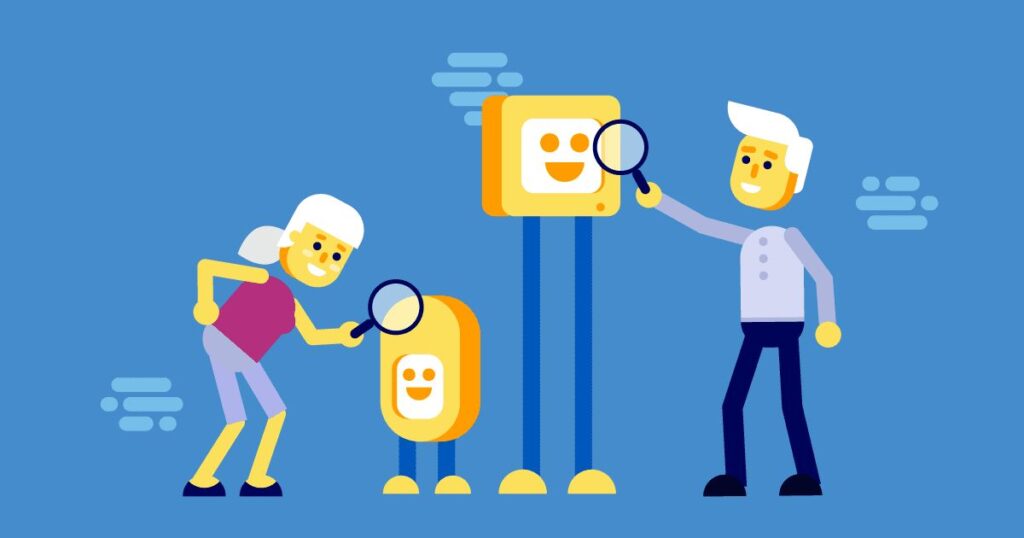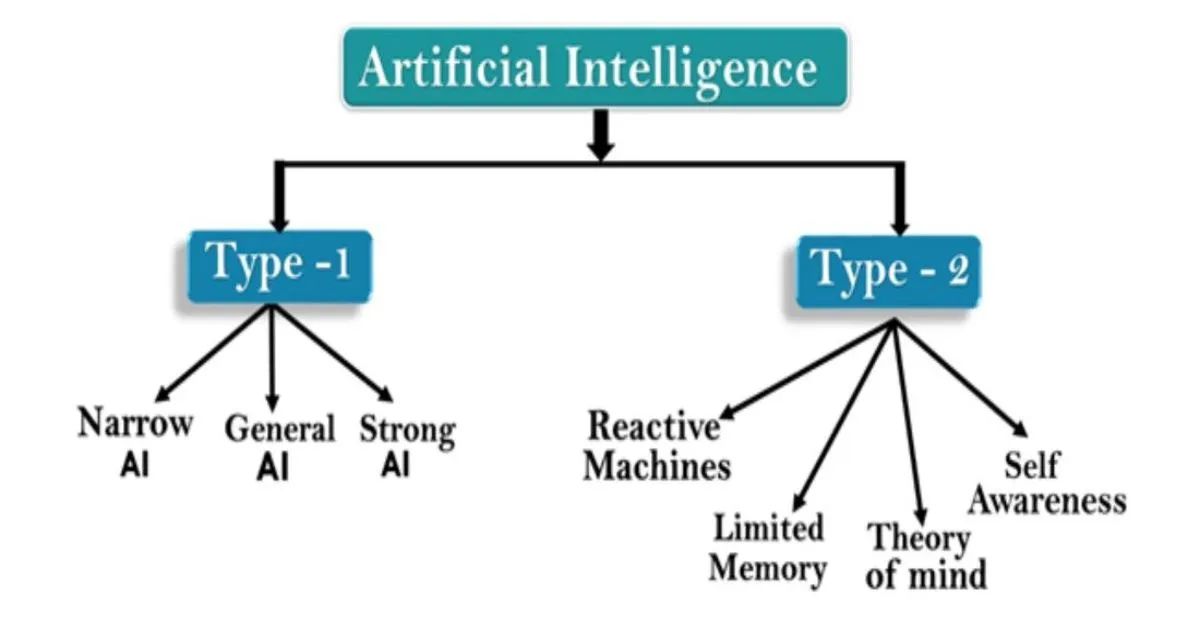The rapid growth of artificial intelligence (AI) has led to its integration into various industries, from healthcare to finance and beyond. Testing AI models is essential to ensure they function as expected and provide accurate results. There are multiple types of AI testing that serve different purposes.
This article will cover different testing methods, each with unique purposes and benefits. We will also address key challenges and best practices in AI testing, along with FAQs and a conclusion.
What Is AI Testing?
The process of testing AI models involves assessing their performance, accuracy, and reliability. It helps developers ensure that the AI behaves correctly and produces accurate results. AI testing differs from traditional software testing because AI models learn from data, which makes their behavior more complex.
Why Is AI Testing Important?
The importance of AI testing cannot be overstated. It ensures that the AI system performs well, meets expectations, and does not produce biased or incorrect outcomes. The reliability of AI systems depends on rigorous testing, making it a critical step in the AI development process.
Different Types of AI Testing
Unit Testing for AI
The unit testing process focuses on checking individual components of the AI model. It helps in verifying that each part of the AI system is functioning correctly.
- The goal is to ensure that small units of code, such as functions and algorithms, work as expected.
- It identifies any issues early in the development process.
Functional Testing

Functional testing examines whether the AI model performs its intended functions correctly.
- The test assesses the output of the model to ensure it meets predefined requirements.
- It helps in validating the model’s core functions and features.
Integration Testing
The integration testing process focuses on how different parts of the AI model work together.
- It checks for smooth interactions between various components.
- The test ensures that the integrated system operates without any problems.
What Is Regression Testing in AI?
Regression testing ensures that any changes made to the AI model do not cause any unexpected issues.
- The goal is to maintain the consistency of the model’s performance over time.
- It helps in identifying any bugs or errors that may occur after updates.
Performance Testing
Performance testing assesses how well the AI model performs under different conditions.
- It tests the speed, accuracy, and efficiency of the model.
- The goal is to ensure that the AI can handle a large amount of data without any delays.
Load Testing
Load testing determines how well the AI model performs under heavy loads.
- The test checks the system’s ability to handle high traffic and data volumes.
- It ensures the AI can operate efficiently even when it is under stress.
What Is Security Testing in AI?
Security testing is a critical part of the AI testing process. It ensures that the AI system is protected from potential threats.
- The goal is to identify any vulnerabilities that could lead to security breaches.
- It helps in safeguarding sensitive information processed by the AI model.
Usability Testing
Usability testing assesses the ease of use and user experience of the AI system.
- The goal is to make sure the AI model is user-friendly.
- It checks if users can interact with the system effortlessly and get the desired results.
Validation Testing
Validation testing ensures that the AI model meets the specific requirements set by the developers.
- It confirms that the AI operates according to the intended purpose.
- The test helps in verifying the accuracy and correctness of the model.
How Does System Testing Work in AI?
System testing examines the complete AI system as a whole.
- It checks the integration of all components and ensures they work together.
- The test identifies any issues with the system’s overall performance.
Exploratory Testing
Exploratory testing involves manually testing the AI model without any predefined test cases.
- The goal is to find errors by exploring the system’s functionality.
- It helps in discovering issues that may not have been anticipated.
Adversarial Testing
Adversarial testing involves introducing deceptive inputs to test the robustness of the AI system.
- The goal is to see how the model responds to misleading data.
- It is essential for ensuring the security and stability of the AI.
What Is Bias Testing in AI?
Bias testing identifies any biases present in the AI model.
- The goal is to detect and correct any form of discrimination or unfairness.
- It helps in creating more equitable and balanced AI systems.
Ethical Testing

Ethical testing assesses the AI model’s adherence to ethical guidelines.
- The goal is to ensure that the AI does not promote harmful or discriminatory behavior.
- It involves reviewing the AI’s decisions to identify any potential ethical issues.
Challenges in AI Testing
AI testing presents many challenges due to the complexity of machine learning models. Some common challenges include:
- Difficulty in understanding how the AI makes decisions.
- Issues with ensuring data quality and eliminating biases.
- Problems with scalability and handling large datasets.
Model Drift Testing
Model drift testing checks if the AI model remains effective over time.
- The goal is to ensure that the model continues to perform well even as new data is introduced.
- It helps in maintaining the long-term reliability of the AI.
Best Practices for AI Testing

- Conduct thorough data analysis before training the AI model.
- Implement regular testing schedules to ensure consistent performance.
- Use diverse datasets to avoid biases.
Common AI Testing Tools
Several tools can assist in AI testing, including:
- TensorFlow Test
- PyTorch Test
- Apache JMeter
Frequently Asked Questions
How do I perform unit testing on AI models?
The process involves testing small parts of the AI system individually. It checks if each function works as expected.
What is regression testing in AI?
The goal is to ensure that changes made to the AI system do not disrupt its performance. It involves checking for any unintended side effects after updates.
How can I reduce biases in AI models?
The key is to use diverse datasets and conduct regular bias testing. Eliminating biases during the training process is essential.
Why is performance testing necessary for AI?
It helps to verify the AI model’s speed, accuracy, and ability to handle high data volumes. Performance testing ensures the model is efficient and reliable.
Conclusion
The process of testing AI models is crucial for the development of reliable, efficient, and unbiased AI systems. There are various types of testing, each serving a unique purpose.
By understanding the different testing methods, developers can ensure that their AI models perform well and provide accurate results. With advancements in technology, AI testing continues to evolve, making it an essential part of AI development.










